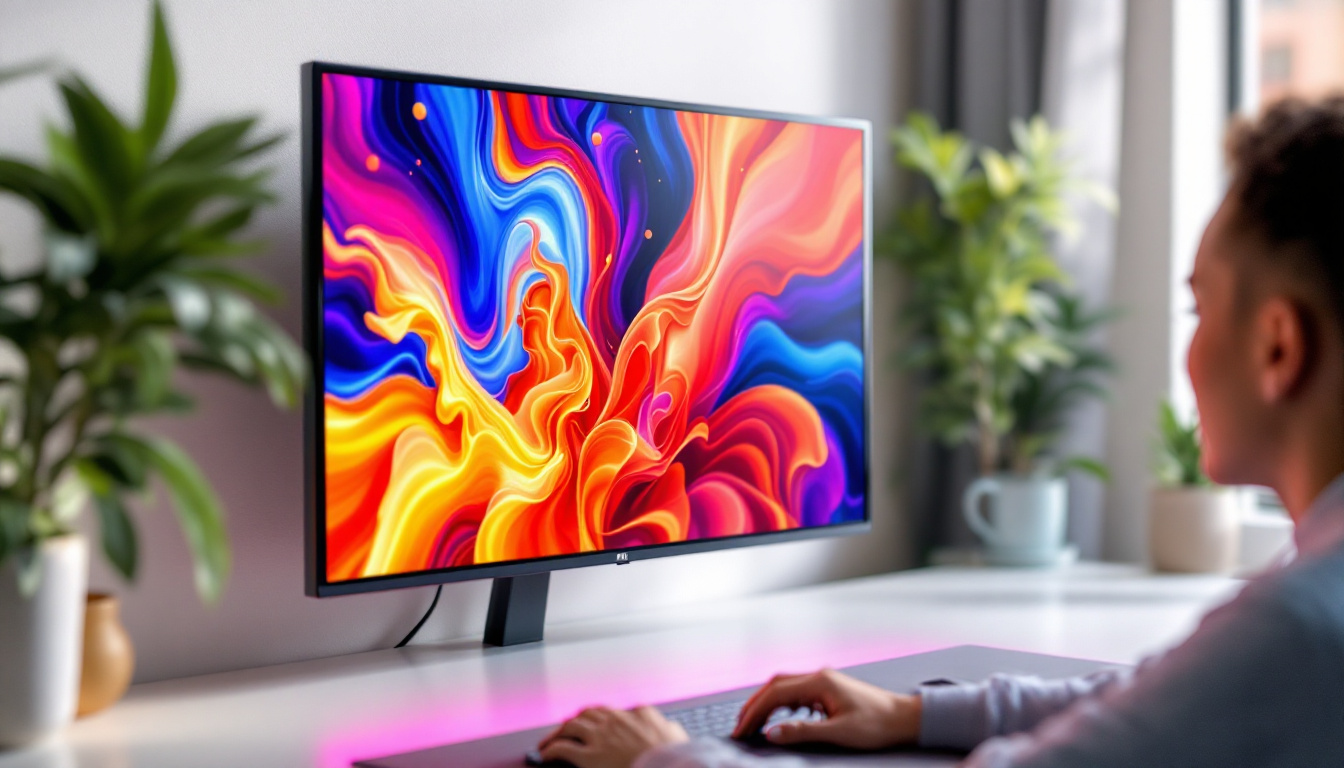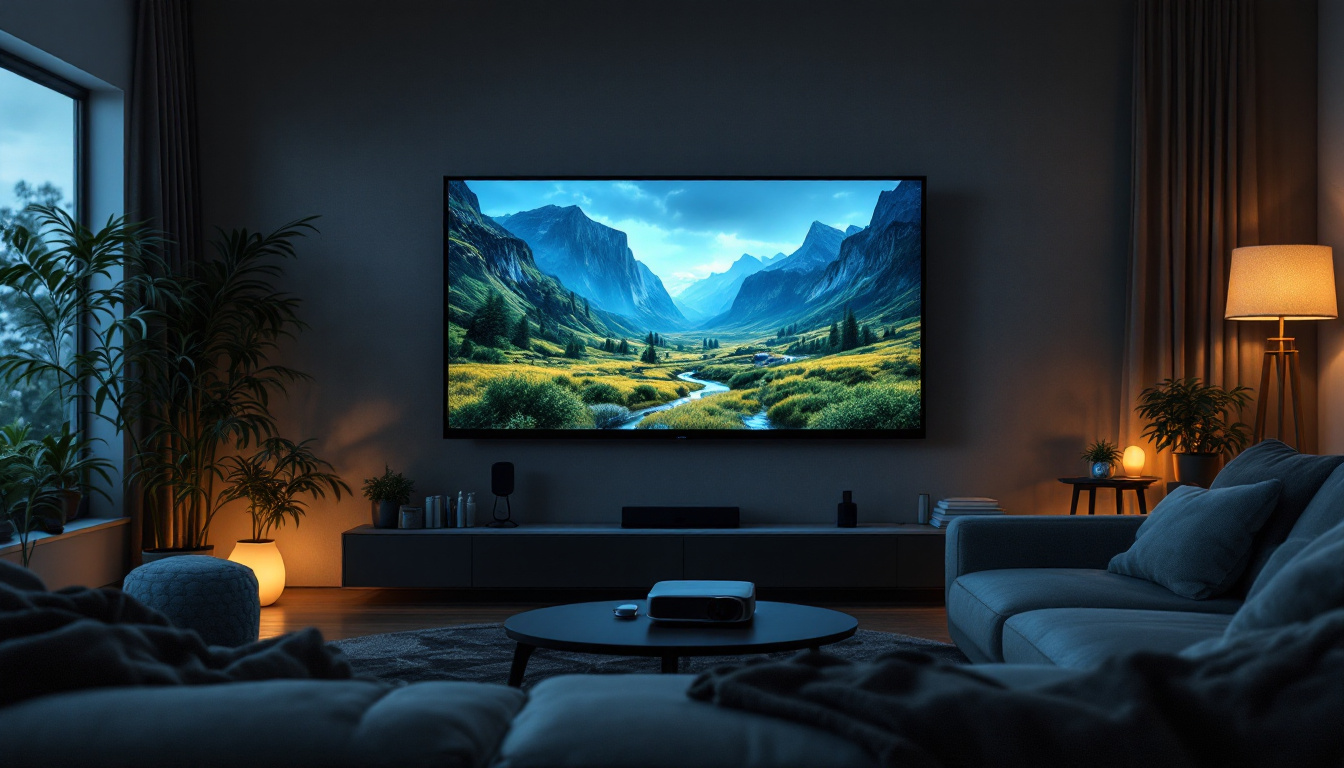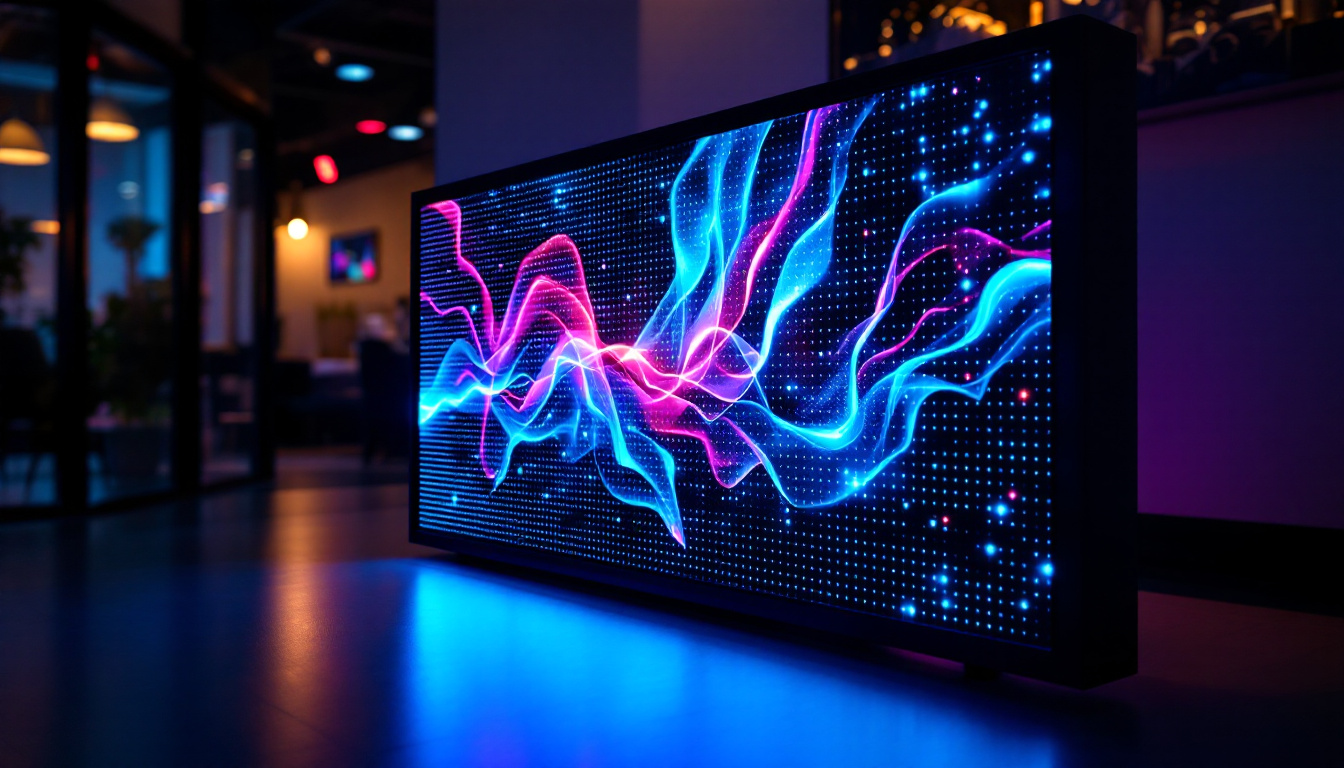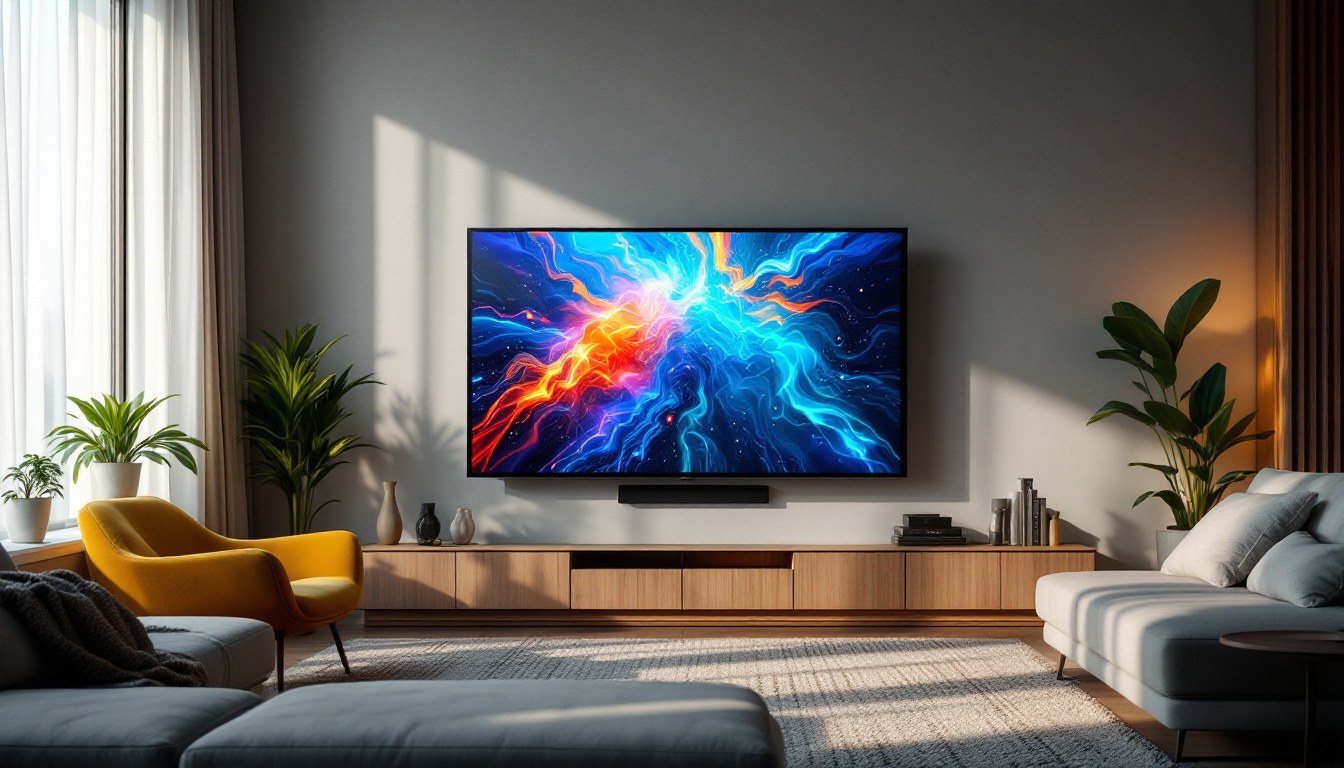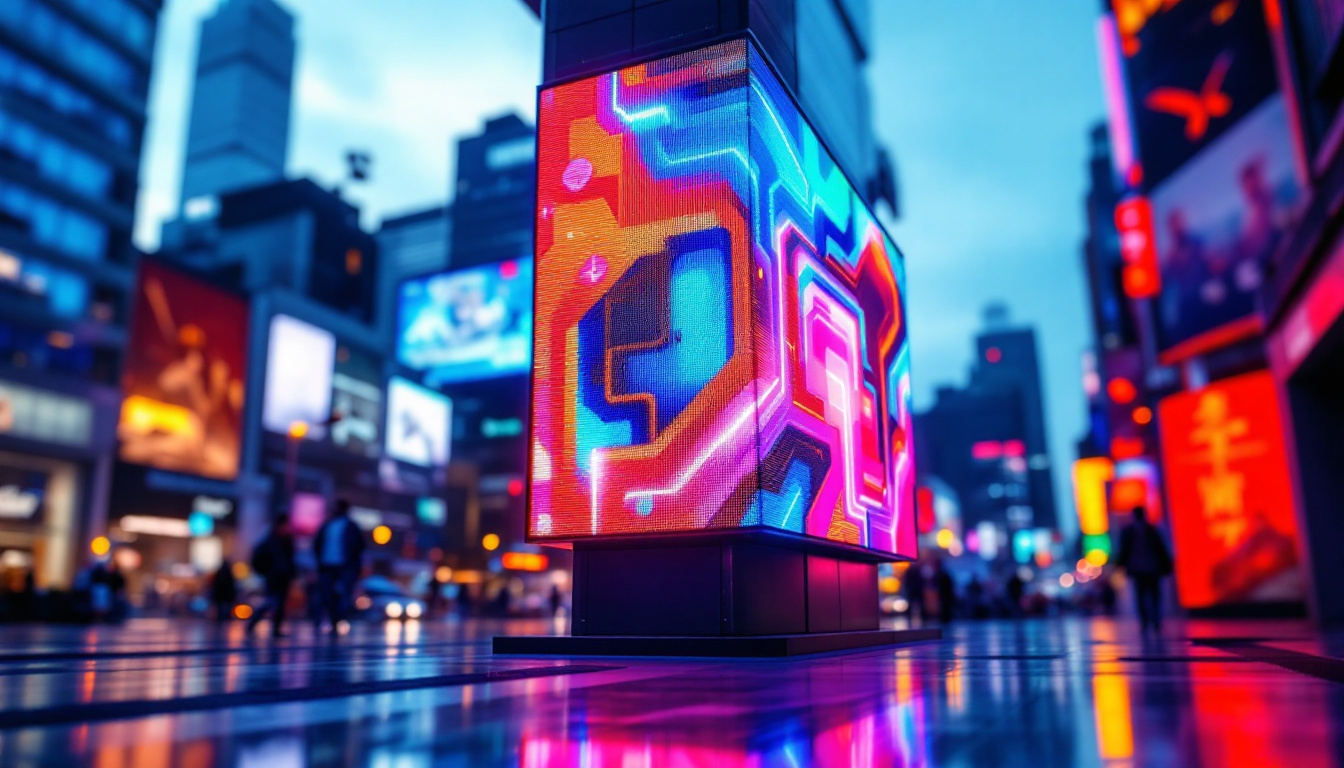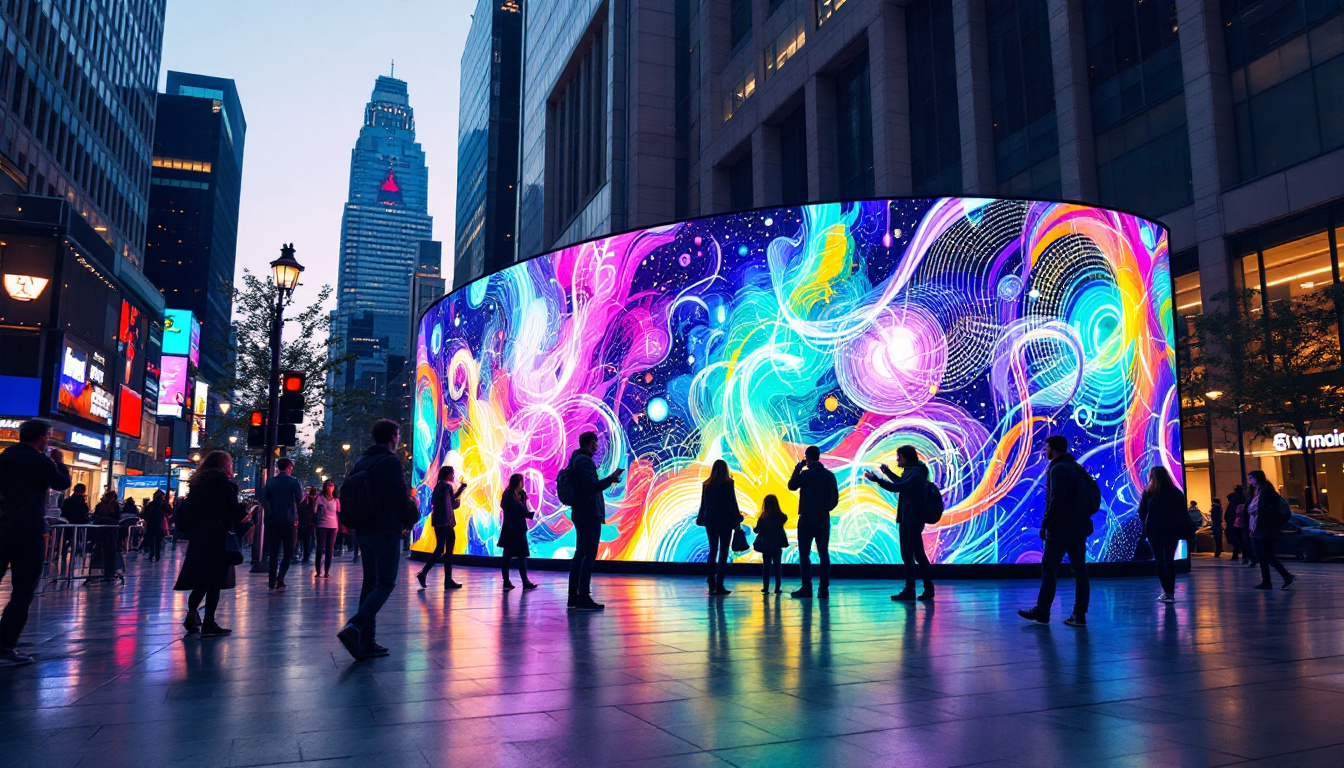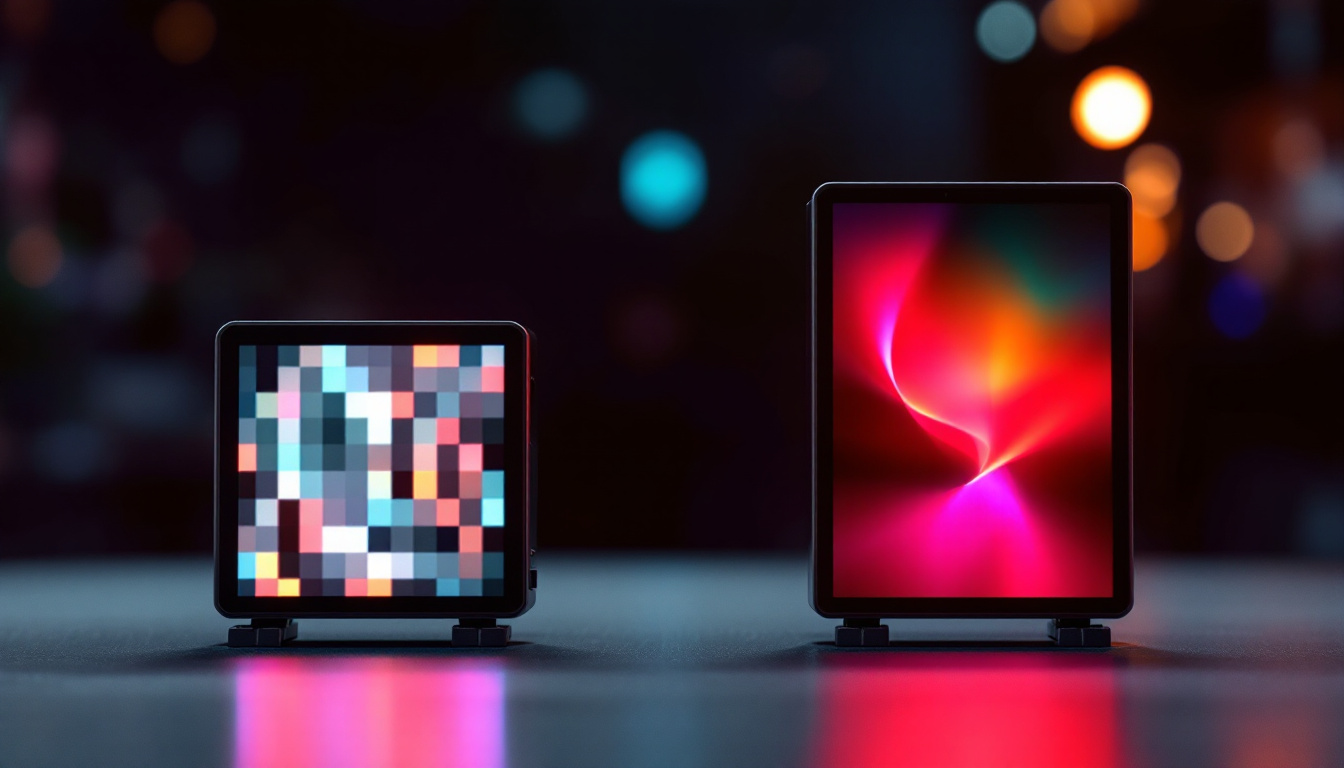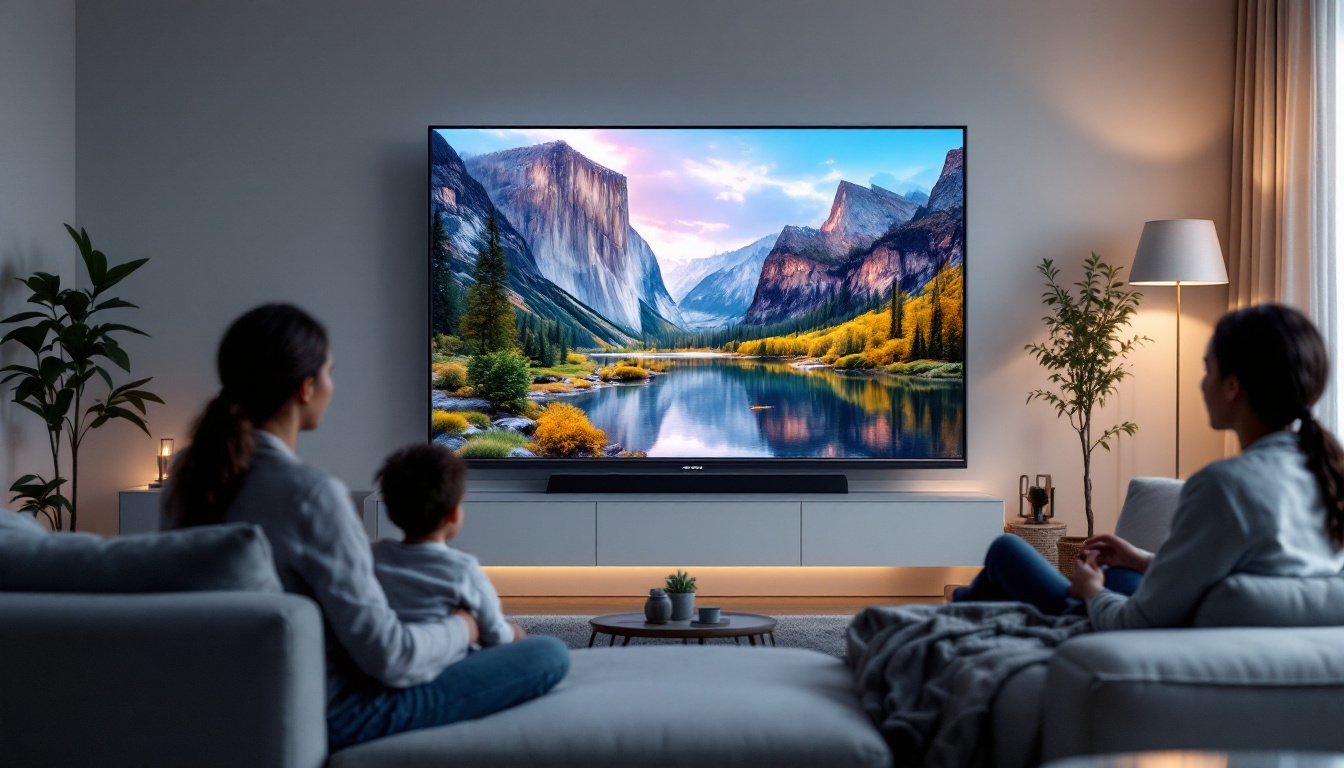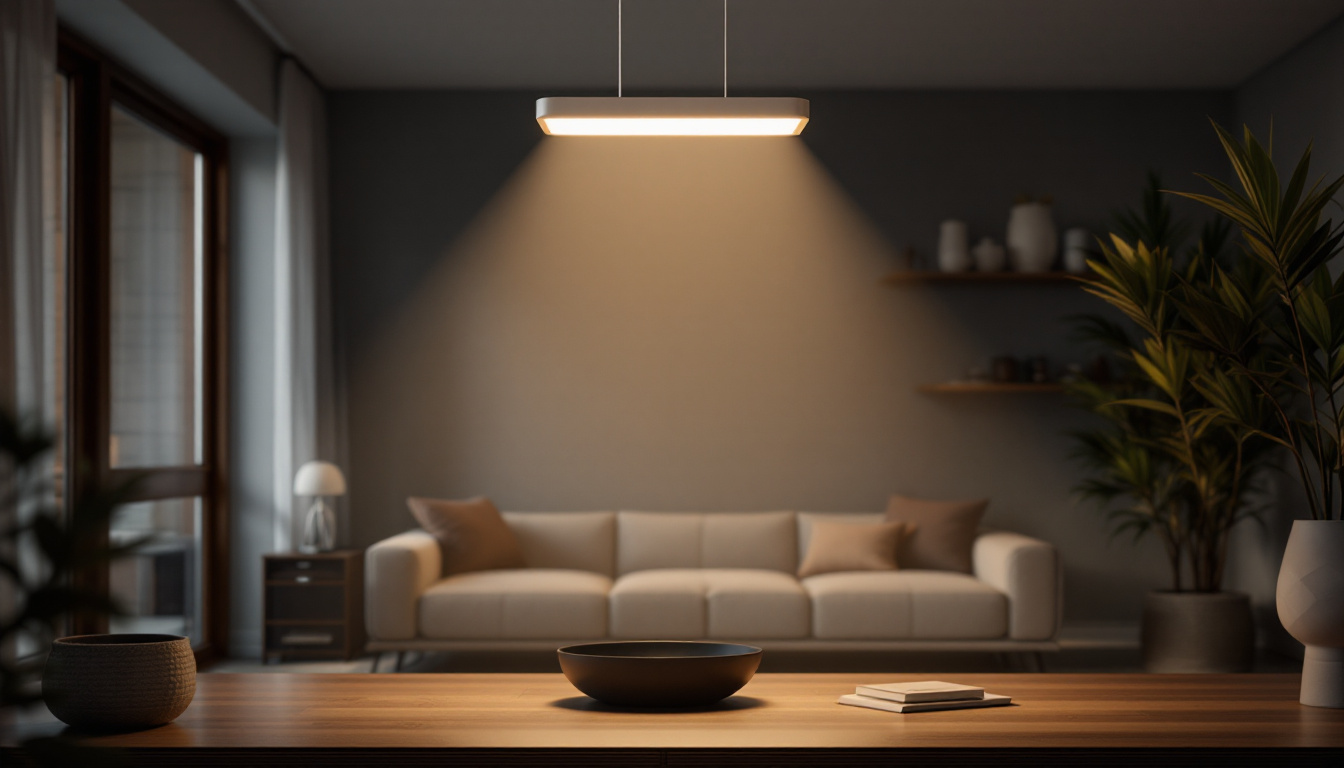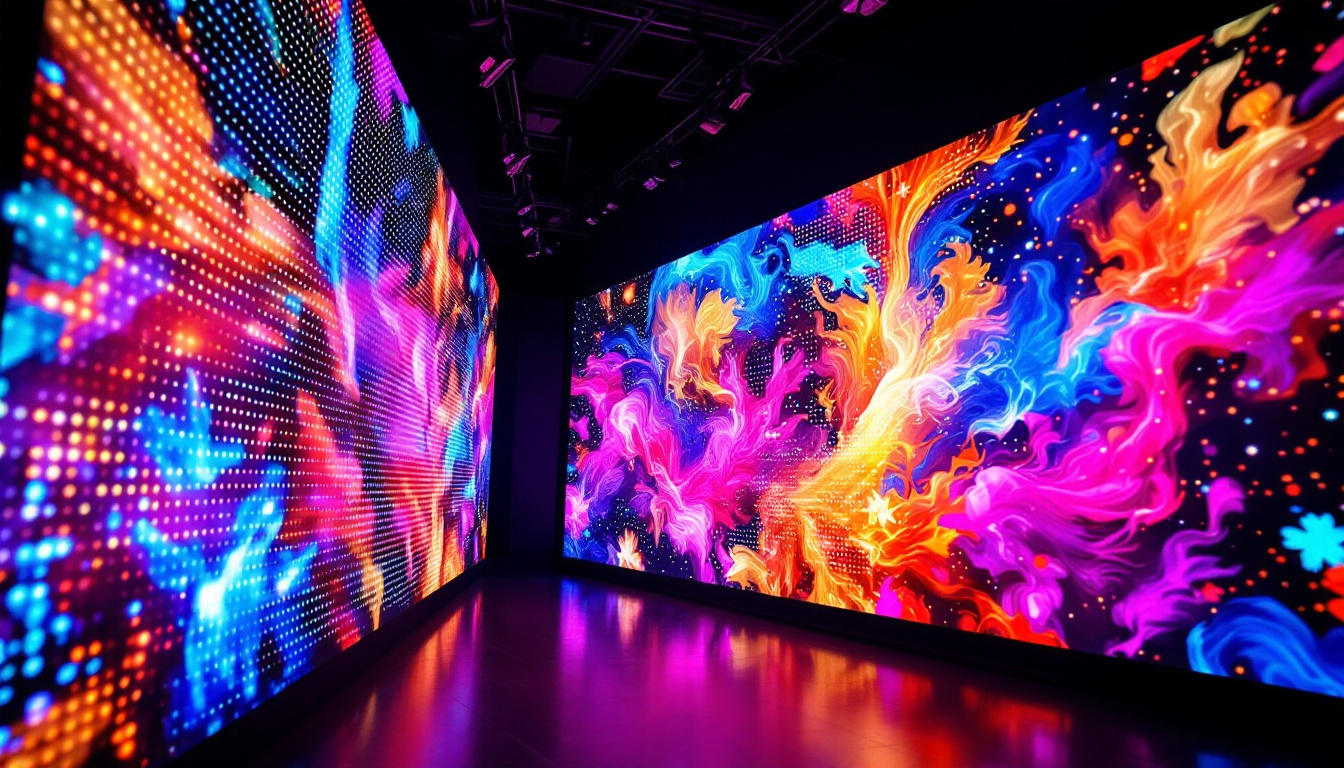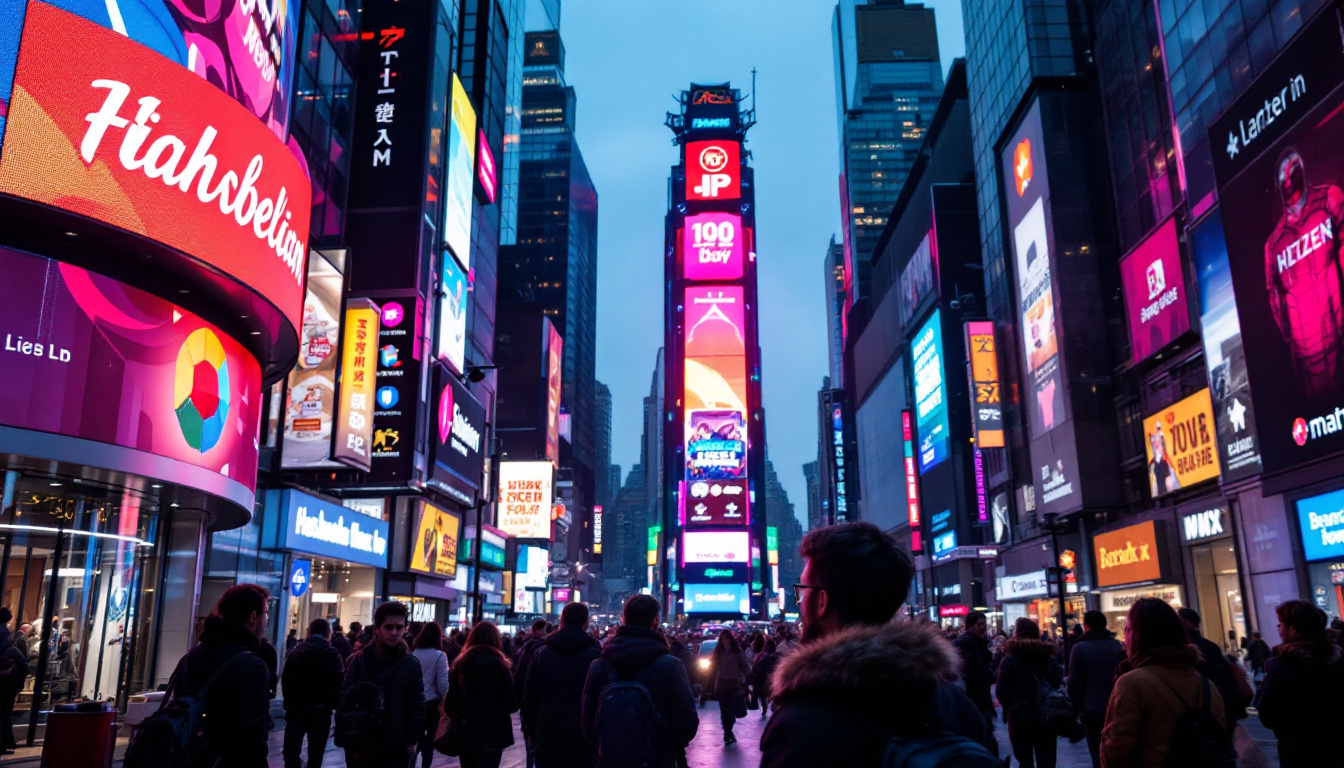In the world of modern display technology, LED (Light Emitting Diode) displays have become increasingly popular due to their vibrant colors, energy efficiency, and versatility. One of the critical factors that influence the quality of an LED display is its pixel size. Understanding HD pixel size and its implications can significantly enhance the viewing experience, whether for personal use, professional settings, or large-scale displays. This article delves into the intricacies of HD pixel size in LED displays, exploring its significance, measurement, and impact on image quality.
Understanding Pixel Size
Pixel size refers to the dimensions of an individual pixel in a display. In LED displays, pixel size is often measured in millimeters (mm) and is crucial for determining the overall resolution and clarity of the image being displayed. A smaller pixel size typically means a higher pixel density, which can lead to sharper images and finer details. This is particularly important in modern applications where visual fidelity is paramount, such as in gaming, graphic design, and high-definition video playback. As technology advances, manufacturers are continually pushing the boundaries of pixel size to create displays that offer an immersive viewing experience.
The Importance of Pixel Density
Pixel density, measured in pixels per inch (PPI), plays a significant role in the visual quality of an LED display. Higher pixel density means that more pixels are packed into a given area, resulting in a clearer and more detailed image. For instance, a display with a pixel size of 1.5mm will have a higher pixel density compared to one with a pixel size of 3mm. This difference becomes particularly noticeable when viewed up close, making smaller pixel sizes preferable for applications requiring high detail. Furthermore, pixel density is not just about aesthetics; it also affects the overall user experience. In mobile devices, for example, higher pixel density enhances readability and reduces eye strain, making it easier for users to engage with content over extended periods.
How Pixel Size Affects Viewing Distance
The relationship between pixel size and optimal viewing distance is essential for understanding how displays perform in various environments. Larger pixel sizes may be suitable for displays viewed from a distance, such as outdoor billboards, where viewers are not close enough to discern individual pixels. Conversely, smaller pixel sizes are ideal for applications requiring close viewing, such as indoor monitors or televisions, where clarity and detail are paramount. Additionally, the viewing distance can also influence the perceived color accuracy and contrast of a display. When viewers are positioned closer to a screen with a larger pixel size, they may notice color banding and a lack of detail, which can detract from the overall viewing experience. Therefore, understanding the interplay between pixel size, pixel density, and viewing distance is crucial for selecting the right display for specific use cases, ensuring that the intended visual impact is achieved.
HD Pixel Size: What Does It Mean?
HD, or High Definition, refers to a resolution that provides significantly more detail than standard definition. In the context of LED displays, HD pixel size typically indicates a pixel size that supports HD resolutions, such as 720p, 1080p, or even 4K. The pixel size in HD displays is crucial for delivering the high-quality images that consumers expect.
Common HD Pixel Sizes
In the realm of LED displays, several standard pixel sizes are commonly associated with HD resolutions. For instance, pixel sizes of 2mm, 2.5mm, and 3mm are prevalent in many commercial and residential displays. Each of these sizes offers varying levels of detail and clarity, making them suitable for different applications.
For example, a 2mm pixel size is often used in high-end indoor displays, where viewers are likely to be close to the screen. In contrast, a 3mm pixel size may be more appropriate for larger outdoor displays, where the viewing distance is greater. Understanding these distinctions helps consumers and businesses make informed decisions when selecting LED displays.
Benefits of Smaller Pixel Sizes
Smaller pixel sizes offer several advantages, particularly in environments where high image quality is essential. One of the primary benefits is the enhanced clarity and detail of images. Smaller pixels allow for smoother gradients and more accurate color reproduction, resulting in a more visually appealing display.
Additionally, smaller pixel sizes enable the creation of larger displays without sacrificing image quality. This capability is particularly beneficial for venues like concert halls, sports arenas, and trade shows, where large screens are needed to engage audiences effectively.
Measuring Pixel Size
Measuring pixel size involves understanding the physical dimensions of the pixels on a display. This measurement is typically expressed in millimeters and can be calculated based on the resolution and the overall size of the display. For example, a 1080p display that measures 55 inches diagonally will have a different pixel size than a 4K display of the same size.
Calculating Pixel Pitch
Pixel pitch is a term often used interchangeably with pixel size, but it specifically refers to the distance from the center of one pixel to the center of the adjacent pixel. A smaller pixel pitch indicates a higher pixel density, which directly correlates with the display’s resolution and image quality.
To calculate pixel pitch, one can use the following formula: Divide the width of the display in millimeters by the horizontal resolution, and the height of the display in millimeters by the vertical resolution. The smaller of the two values will give you the pixel pitch. This calculation is essential for determining the suitability of a display for specific applications.
Factors Influencing Pixel Size
Several factors influence the choice of pixel size in LED displays, including the intended use, viewing distance, and environmental conditions. For instance, a display intended for outdoor use may require a larger pixel size to ensure visibility from a distance, while an indoor display may benefit from a smaller pixel size for enhanced detail.
Additionally, advancements in technology have led to the development of smaller and more efficient LEDs, allowing manufacturers to produce displays with reduced pixel sizes without compromising performance. This trend is likely to continue as demand for high-quality displays grows across various industries.
Applications of HD LED Displays
HD LED displays are utilized across a wide range of applications, from personal devices to large-scale installations. Understanding the various uses of these displays can help consumers and businesses appreciate their value and versatility.
Commercial Use
In commercial settings, HD LED displays are often employed for advertising and promotional purposes. Retailers use these displays to showcase products, deliver dynamic content, and engage customers effectively. The high resolution and vibrant colors of HD displays make them ideal for capturing attention and conveying messages clearly.
Moreover, corporate environments utilize HD LED displays for presentations, video conferencing, and information sharing. The clarity and detail provided by smaller pixel sizes enhance communication and collaboration, making them invaluable tools in modern workplaces.
Entertainment and Events
In the entertainment industry, HD LED displays are a staple at concerts, festivals, and sporting events. Large screens with high pixel densities allow audiences to enjoy immersive experiences, regardless of their seating position. The ability to display high-quality visuals in real-time enhances the overall atmosphere of events, making them more enjoyable for attendees.
Additionally, movie theaters and gaming centers increasingly adopt HD LED technology to provide superior image quality. The combination of high resolution and vibrant colors creates engaging experiences that captivate audiences and elevate entertainment standards.
Future Trends in LED Display Technology
The LED display industry is continually evolving, with advancements in technology leading to new possibilities and applications. As consumer demand for high-quality visuals increases, manufacturers are focusing on developing smaller pixel sizes and improved display technologies.
MicroLED Technology
One of the most exciting developments in LED display technology is the emergence of MicroLED. This technology utilizes microscopic LEDs to create displays with incredibly small pixel sizes, resulting in unparalleled image quality and brightness. MicroLED displays are not only more efficient but also offer better contrast and color accuracy compared to traditional LED displays.
As MicroLED technology matures, it is expected to revolutionize the display industry, enabling the creation of larger screens with seamless visuals and exceptional detail. This advancement will likely lead to new applications in various fields, including virtual reality, augmented reality, and beyond.
Flexible and Transparent Displays
Another trend gaining traction is the development of flexible and transparent LED displays. These innovative displays can be bent or shaped to fit unconventional surfaces, opening up new possibilities for design and integration. Flexible displays can be used in a variety of applications, from wearable technology to architectural installations, providing unique solutions for modern consumers.
Transparent displays, on the other hand, allow for the overlay of digital content on real-world environments. This capability can enhance advertising, retail experiences, and interactive installations, creating engaging and immersive environments for users.
Conclusion
Understanding HD pixel size in LED displays is crucial for anyone looking to invest in display technology, whether for personal use, commercial applications, or large-scale installations. The pixel size directly impacts image quality, viewing distance, and overall user experience. As technology continues to advance, the possibilities for LED displays are expanding, offering consumers and businesses more options than ever before.
By staying informed about pixel size, resolution, and emerging technologies, individuals and organizations can make educated decisions that enhance their visual experiences. As the demand for high-quality displays grows, the industry will continue to innovate, paving the way for a future filled with vibrant, detailed, and immersive visual experiences.
Discover Cutting-Edge HD LED Displays with LumenMatrix
Ready to elevate your visual experience with the latest in HD LED display technology? Look no further than LumenMatrix, a pioneer in crafting LED displays that bring your content to life with unparalleled clarity and vibrancy. Whether you’re in need of an Indoor LED Wall Display for your business, an Outdoor LED Wall Display for advertising, or any of our specialized solutions like Vehicle, Sports, or Floor LED Displays, LumenMatrix has you covered. Our mission is to transform your visual communication, ensuring your message resonates with audiences through captivating digital signage. Check out LumenMatrix LED Display Solutions today and join the revolution in high-impact visual storytelling.



